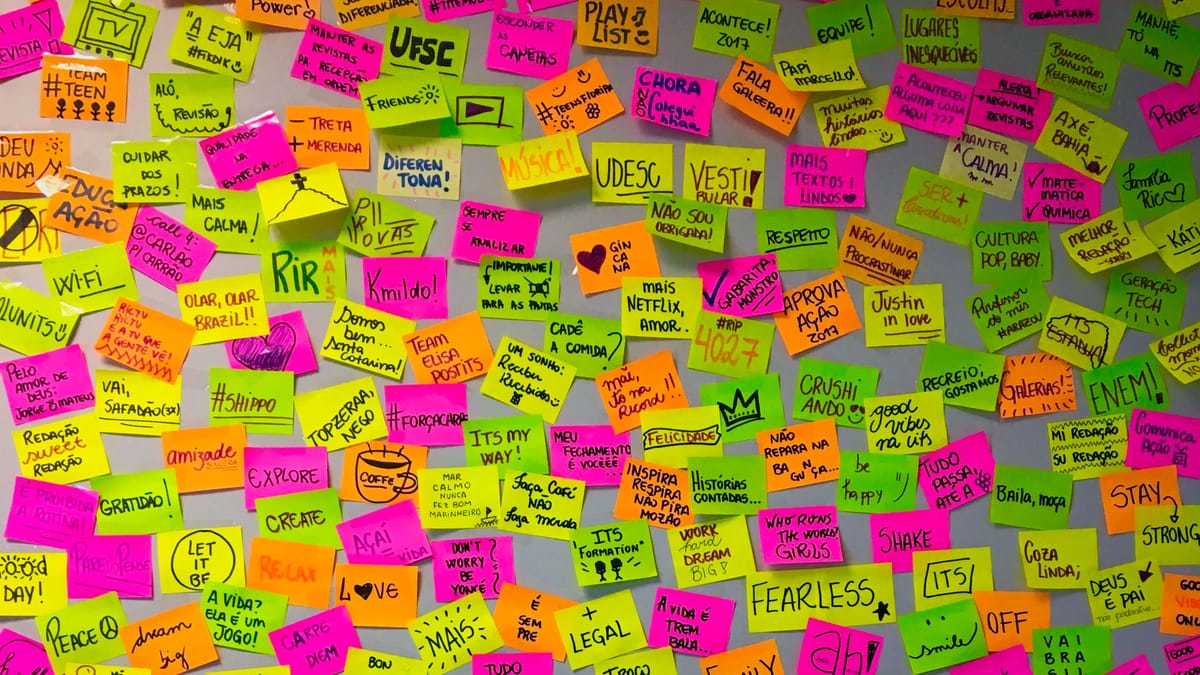The "Bad Idea Workshop"

The room was too quiet. Six of us sat around a conference table, each with a pen poised above a blank notepad. We were here to “think big” about new program ideas for teens. But the air felt heavy… like we were all holding our breath.
Someone tapped their pen. Another person took an exaggerated sip of coffee. The silence stretched on. Every time someone leaned forward like they might speak, they hesitated before looking down again.
Finally, the founder of the nonprofit broke the silence. “Alright,” she said, smiling though no one else was. “New rule: you’re only allowed to share bad ideas. The worse, the better.”
We laughed, somewhat relieved and a little unsure. The first suggestion was, “A mandatory two-hour lecture on tax law.” Another: “A meditation circle where phones are banned.” Then came “a club where teens have to write thank-you notes in cursive for fun” and “mandatory morning yoga at 6am, every day, no exceptions.”
Within minutes, the room was buzzing, ridiculous, but not silent. And somewhere between “karaoke with no music” and “a summer camp inside a library basement,” we stumbled onto a small, not-so-strange thought: what if we leaned into creative expression but let the teens choose the medium? That grew into an open-mic night and an art wall project... two of the most successful programs that year.
Here’s what I realized… Bad ideas aren’t the enemy of innovation. They’re the gateway to it.
Why Bad Ideas Are a Good Thing
When we only aim for “good” or “great” our brains start shutting down ideas before we even open our mouths. It’s like trying to sprint while balancing a glass of water... you move carefully, trying not to spill. Safe ideas may be tidy, but they’re unlikely to surprise anyone.
By explicitly inviting bad ideas, you unhook yourself from perfectionism. You stop guarding your creativity and start playing. And play, more than polish, is where breakthroughs tend to happen.
The Science of Silly
Psychologists call this “divergent thinking.” The ability to generate a wide range of possibilities without worrying about whether they’re practical. When the pressure to be right disappears, the brain starts making freer, stranger connections.
Many of history’s most useful inventions began as what sounded like nonsense. Velcro was inspired by burrs sticking to a dog’s fur. The microwave was born from a melted chocolate bar. Post-it notes came from a failed attempt to make super-strong glue.
The leap from “ridiculous” to “revolutionary” is often smaller than you think.
How to Run a “Bad Idea” Workshop
- Set the ground rules: For the first 5 to 10 minutes, only bad ideas are allowed. Overcomplicate them. Break the budget. Ignore reality.
- Go all-in: If it makes someone laugh, you’re on the right track.
- Build, don’t block: If someone suggests “a jetpack delivery service,” add “and every package comes with a free parrot.” Keep stacking.
- Mine the madness: After the bad idea blitz, sift through for patterns or hidden sparks. Often, there’s a workable seed inside the absurd.
Why It Works
The real power of the “bad idea” exercise isn’t in the ideas themselves... it’s in the shift it creates. Judgment drops. People loosen up. And in that loosened space, the unexpected has a way of showing up.
Because sometimes the best way to find the right answer is to start with the wrong one.
And if you’re lucky, one of those wrong answers will make you laugh so hard you forget you were ever afraid to speak up.




